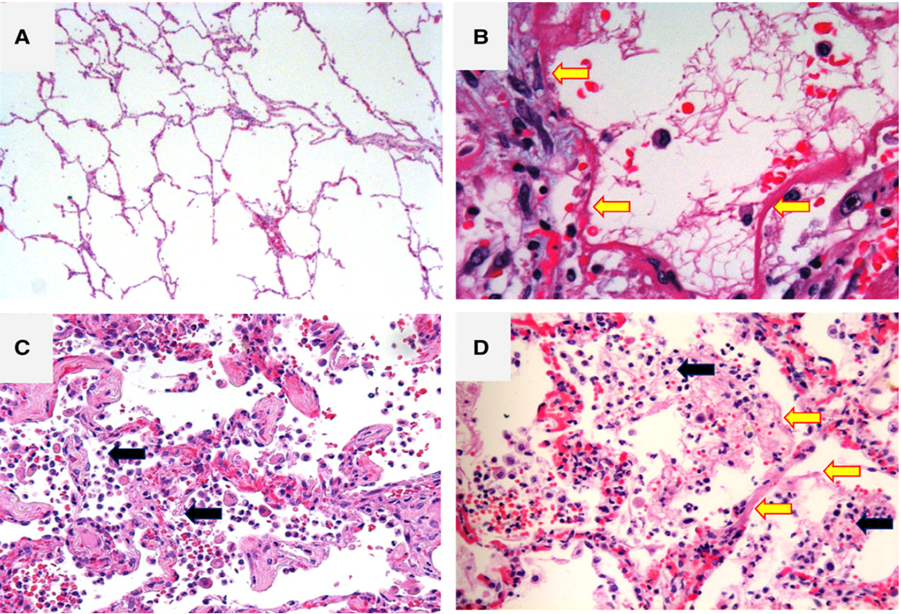Christiani Lab
The Christiani Lab studies the interplay between environmental exposures, genetics, and disease in human populations, in the research area known as molecular epidemiology.
651 Huntington Avenue
FXB 109–113
Boston, MA 02115
Molecular Epidemiology of ARDS in Adults
Acute Respiratory Distress Syndrome (ARDS), acute lung injury (ALI), and septic shock are commonly encountered conditions in the intensive care unit, with relatively high mortality rates despite advances in treatment. ARDS is caused by infections, such as SARS-COV2 (COVID), bacterial pneumonia, sepsis, chest injury, and multiple trauma, among other precipitants. Research into these conditions often focuses on the role of inflammatory cells. However, little is known about why some patients progress to ARDS or septic shock while others with the same risk factors do not.

Our primary study proposes that genes play a role in the development of these conditions. We investigate this hypothesis through a prospective cohort of patients admitted to Massachusetts General Hospital and Beth Israel Deaconess Medical Center intensive care units with known risk factors for the development of ARDS. During this study, which began in 1998, we enrolled about 6,000 patients. The cohort is closed to new enrollment, and analyses continue to be performed using trans-omics and multiple platform approaches.
This work has been supported by the NIH (grant R01HL060710).